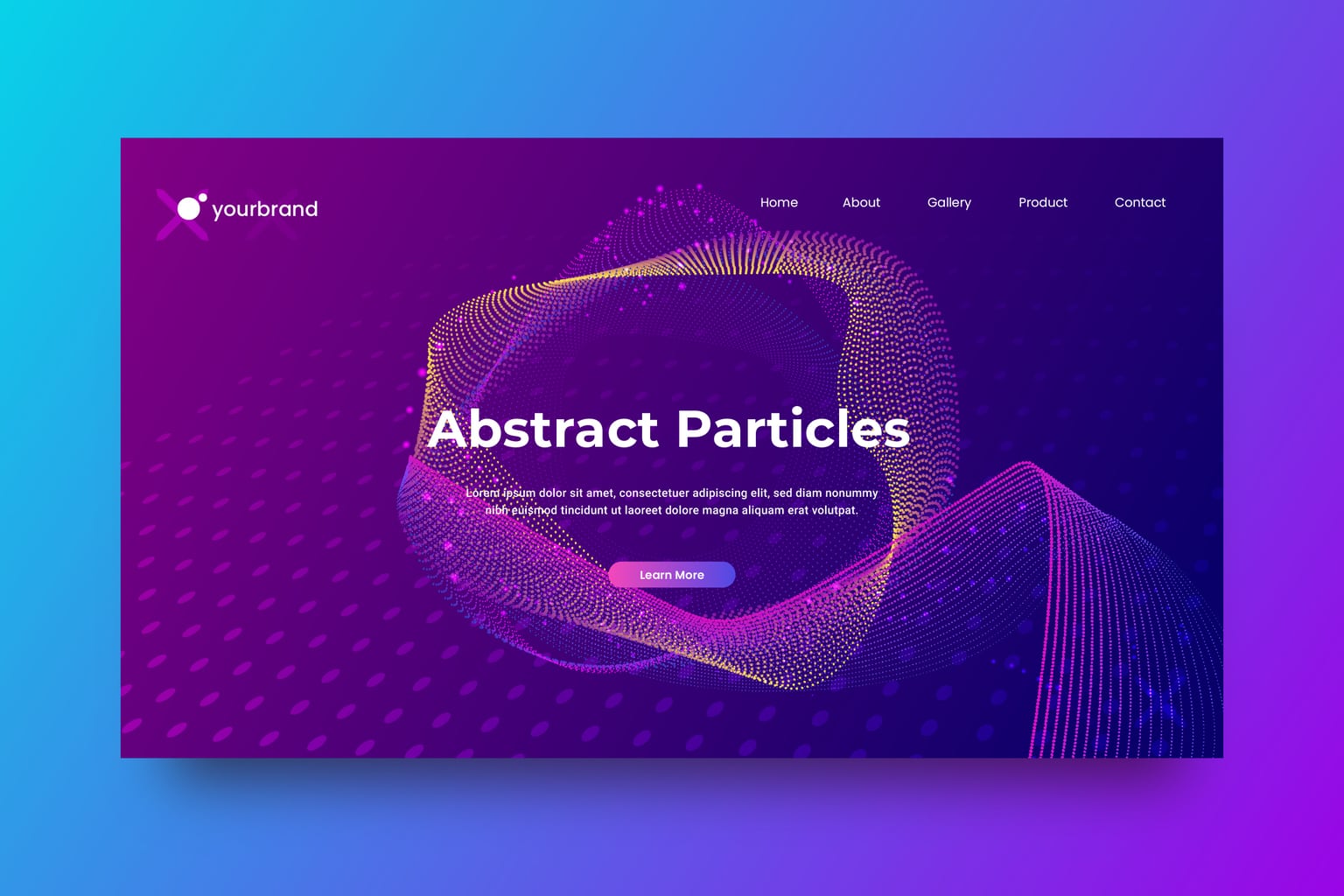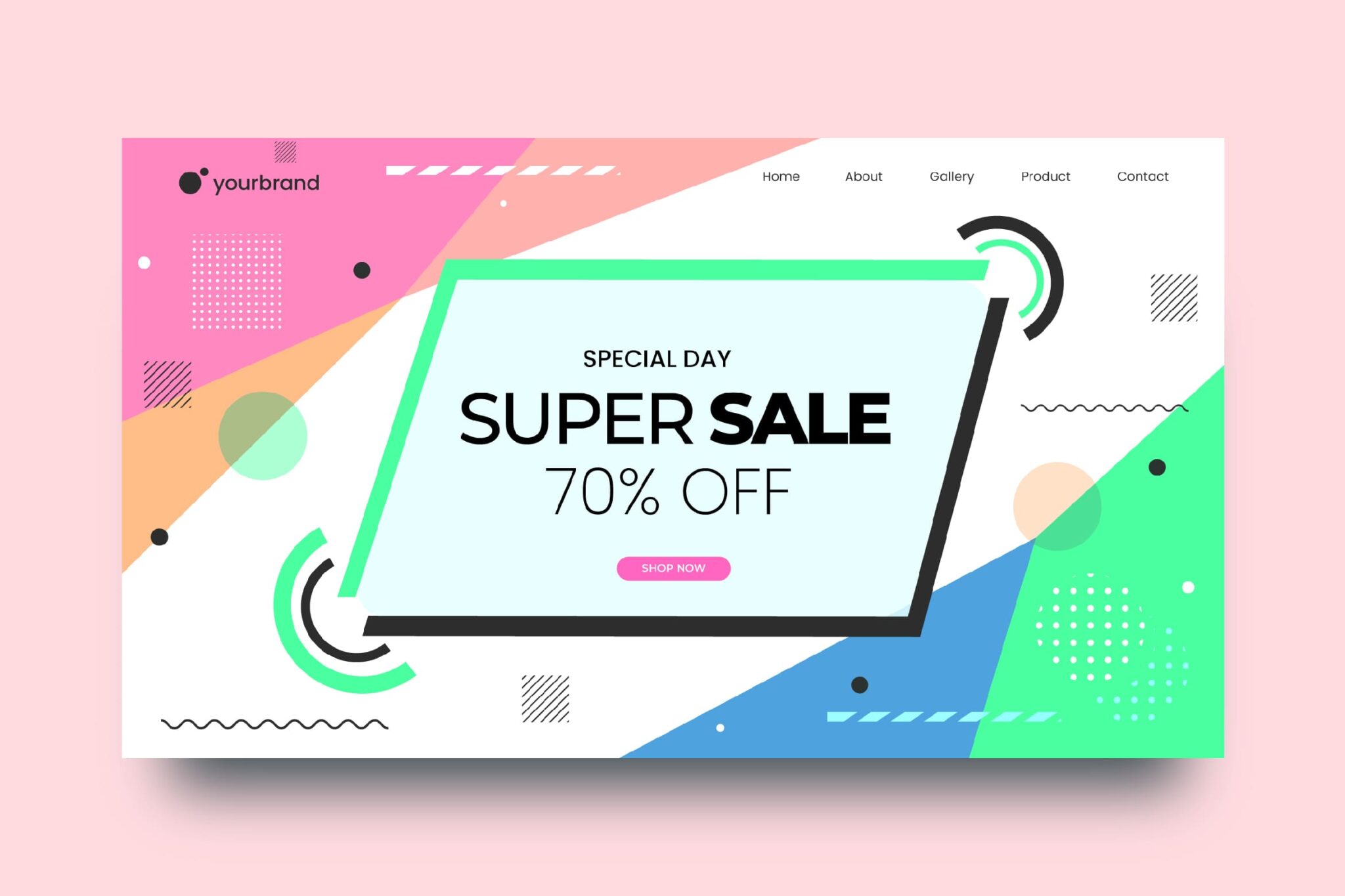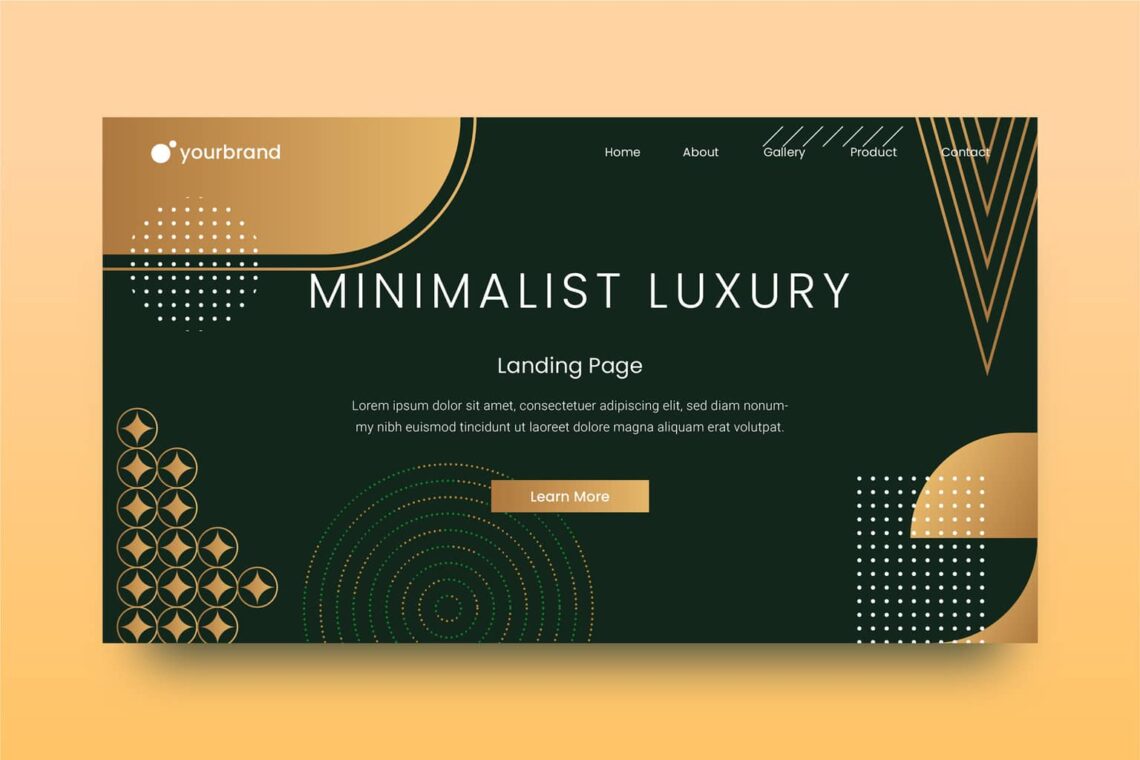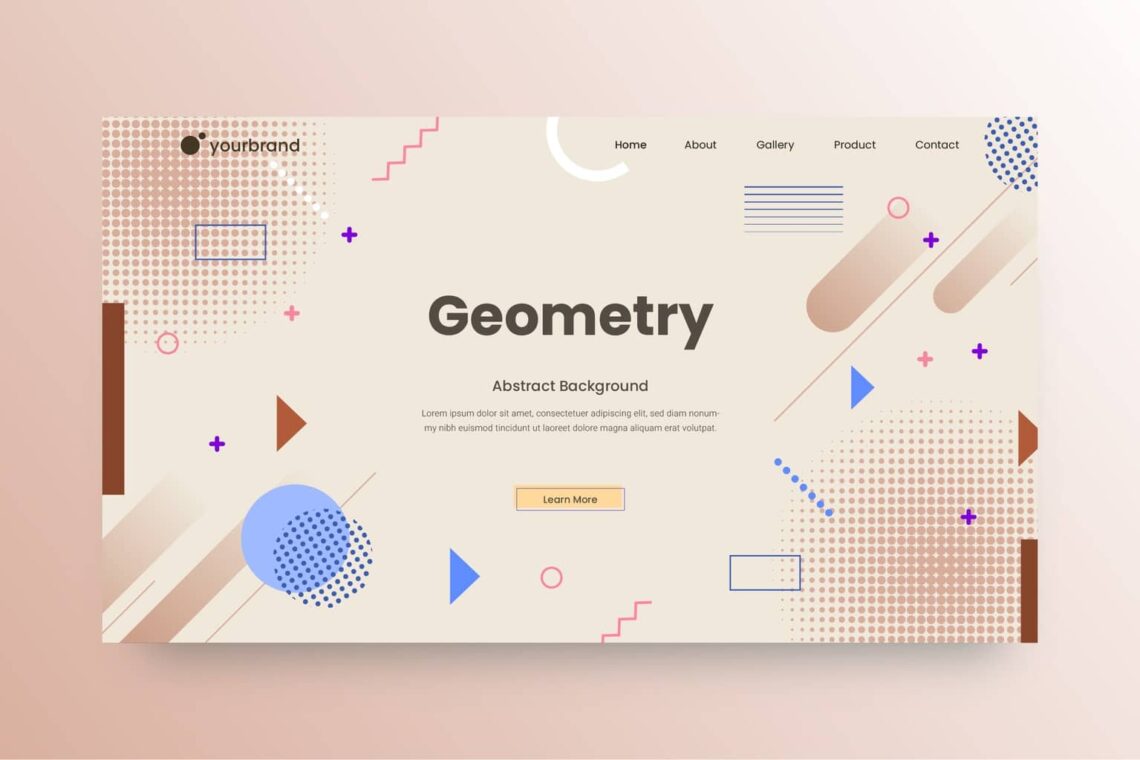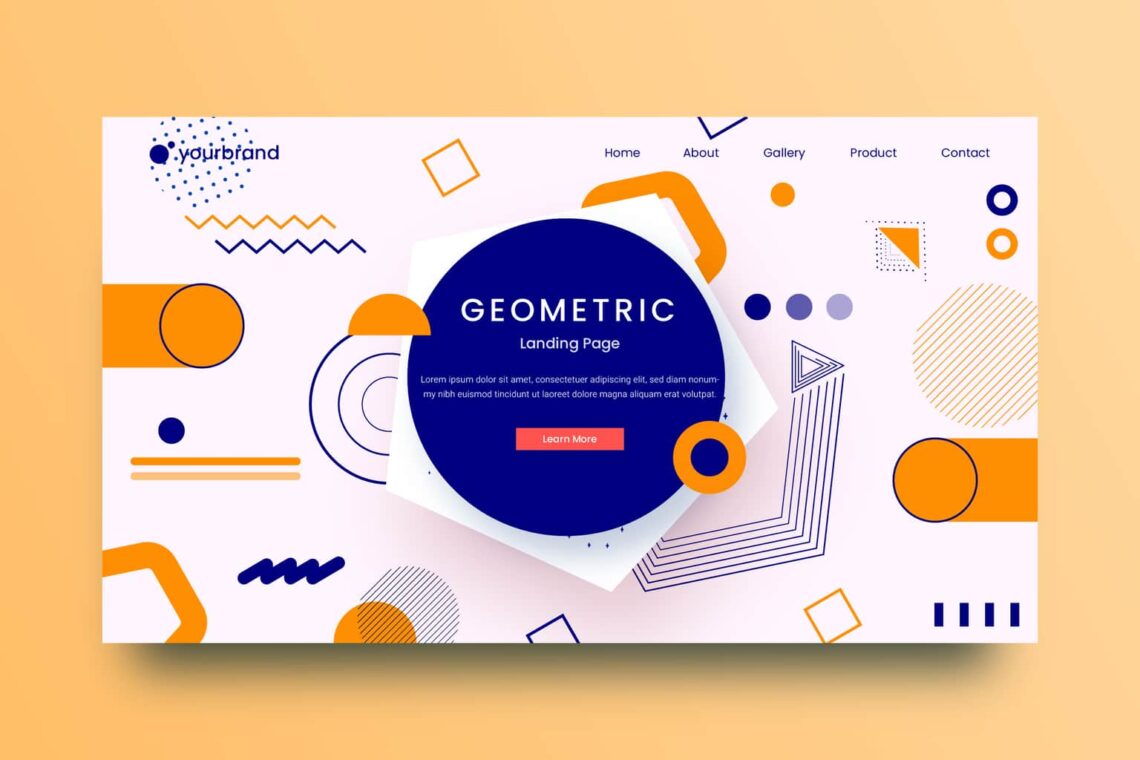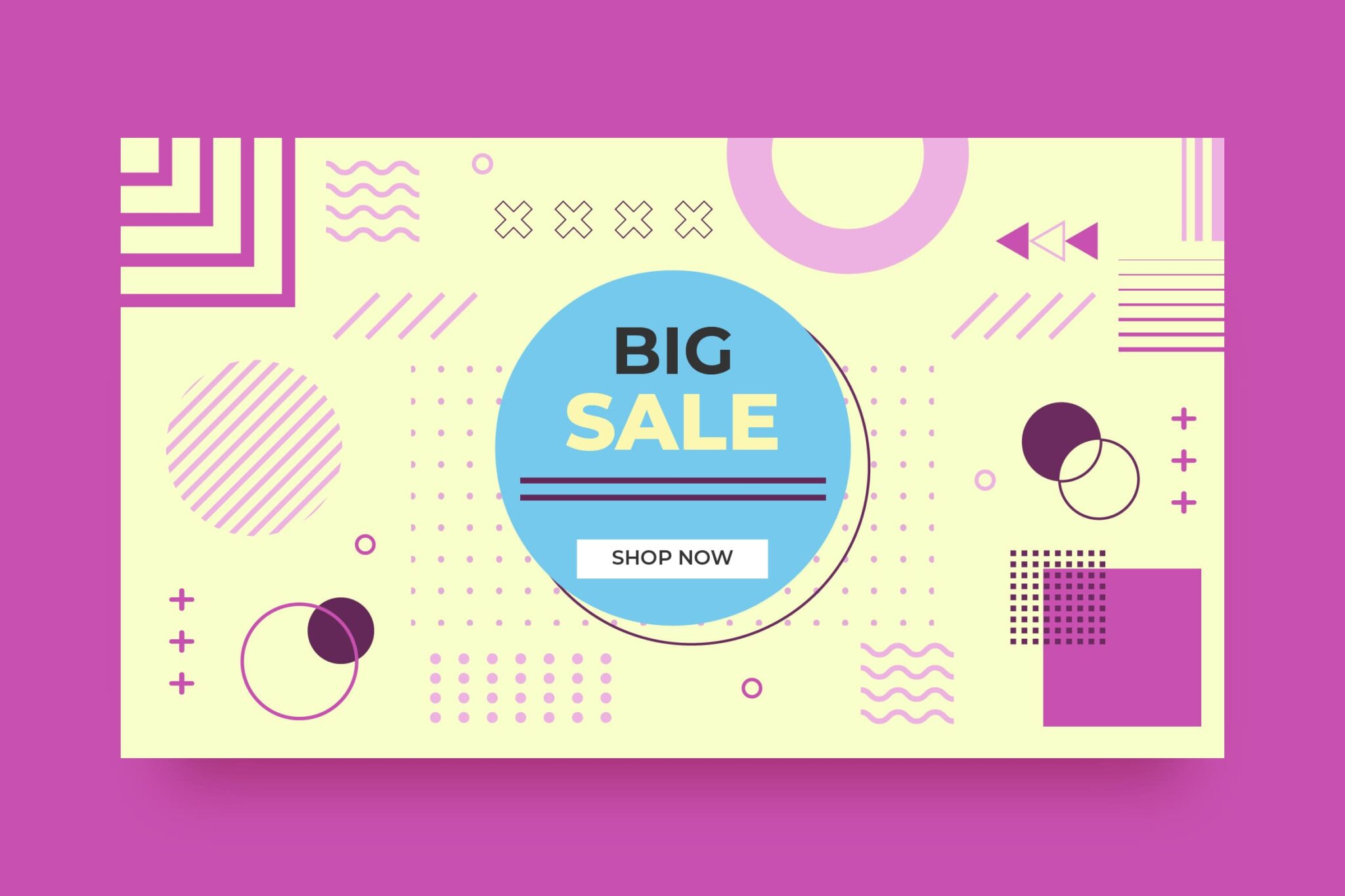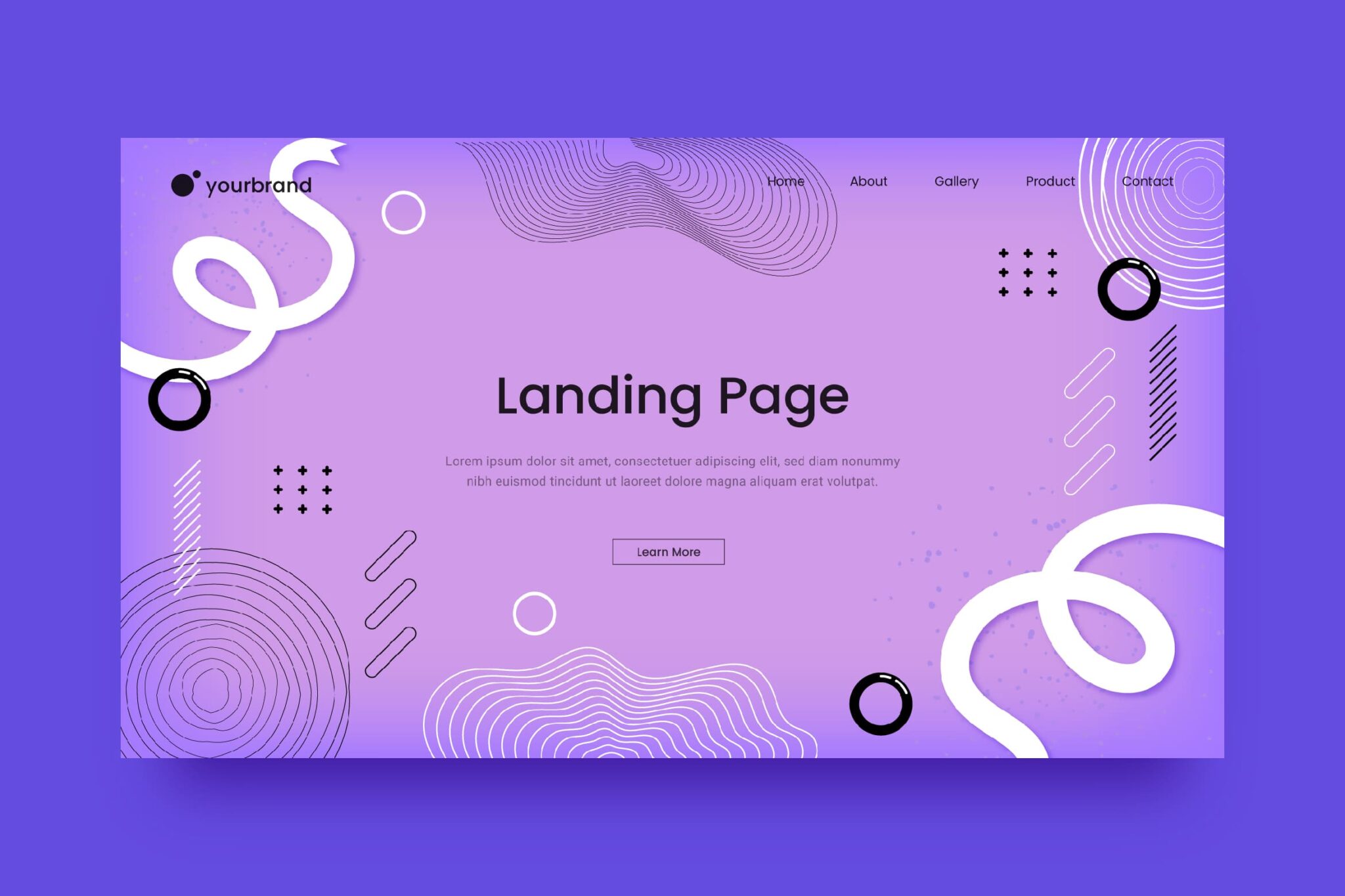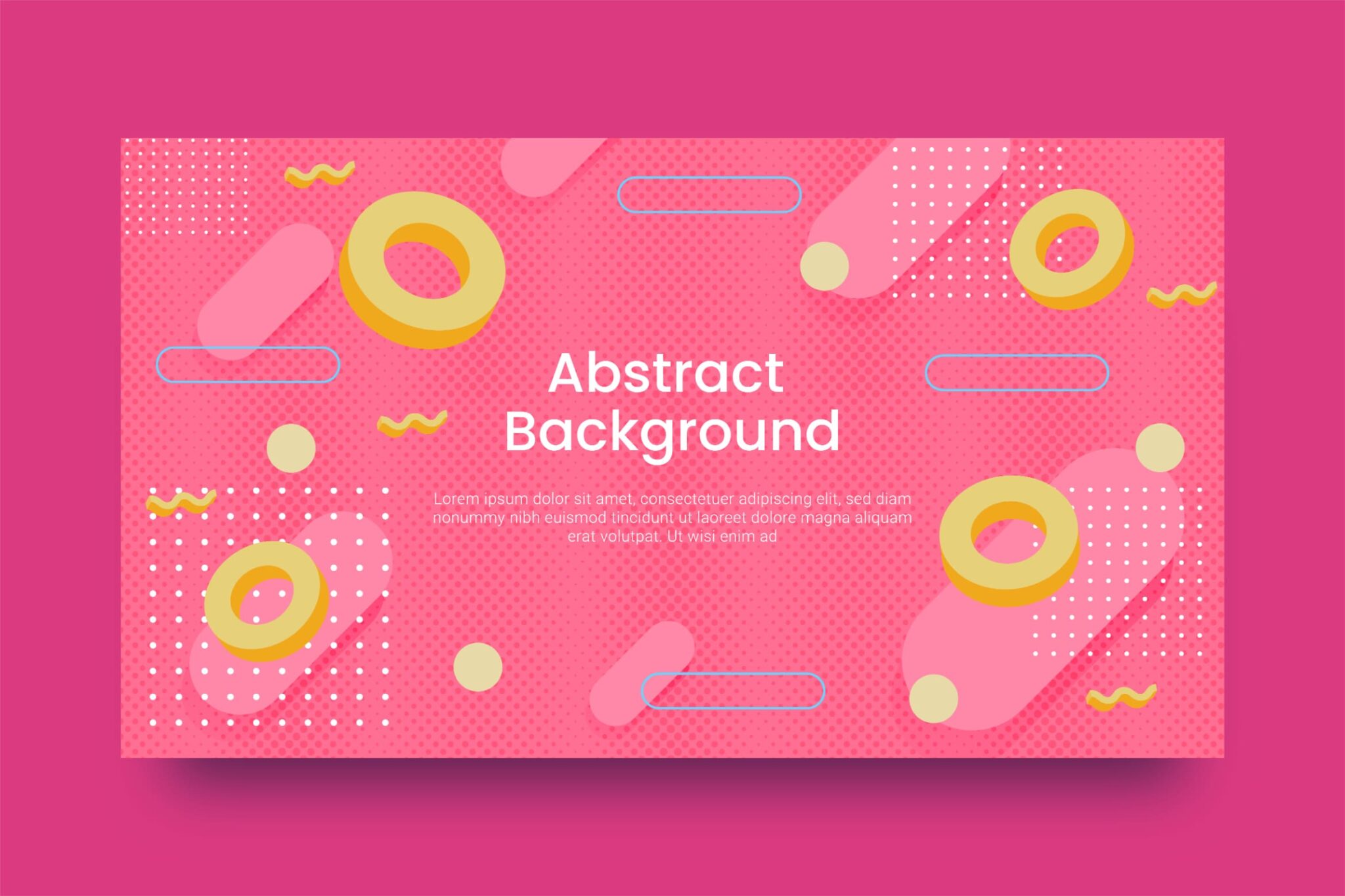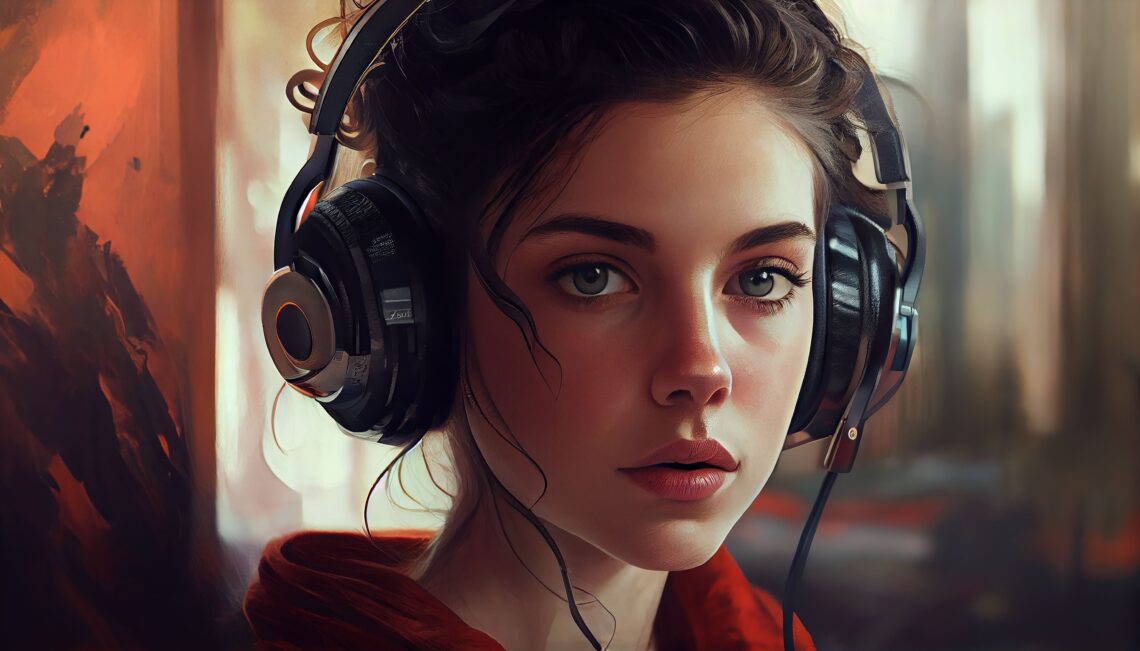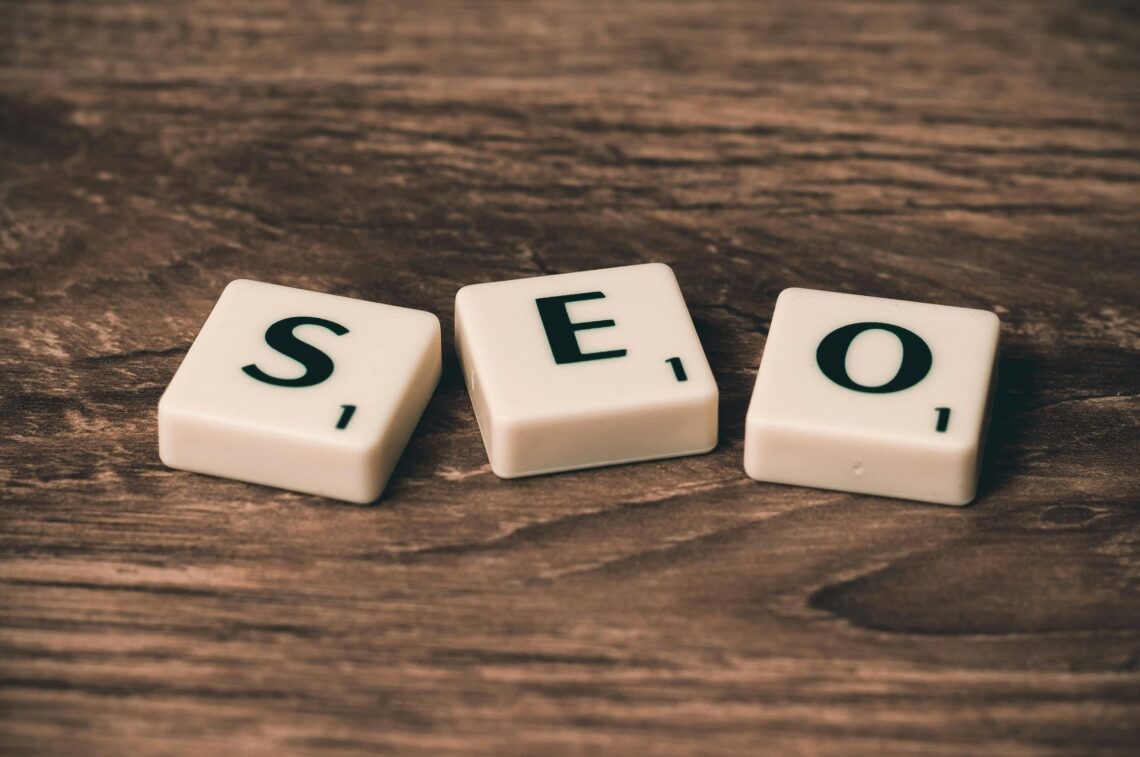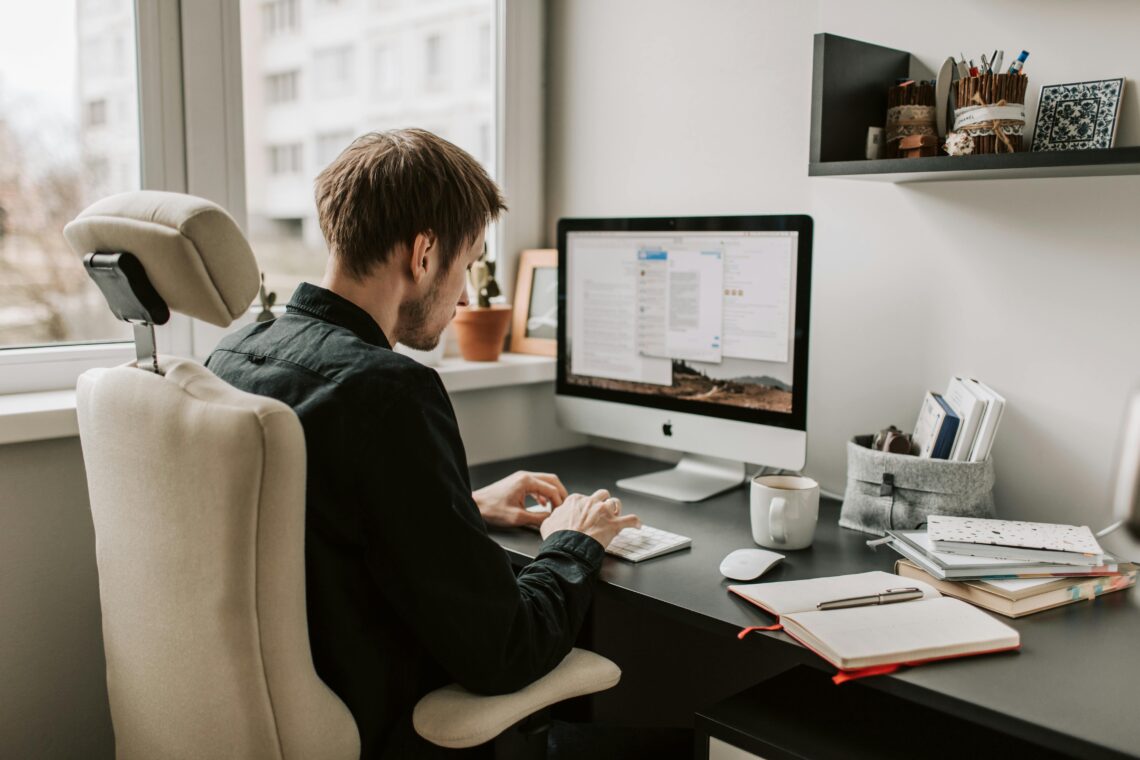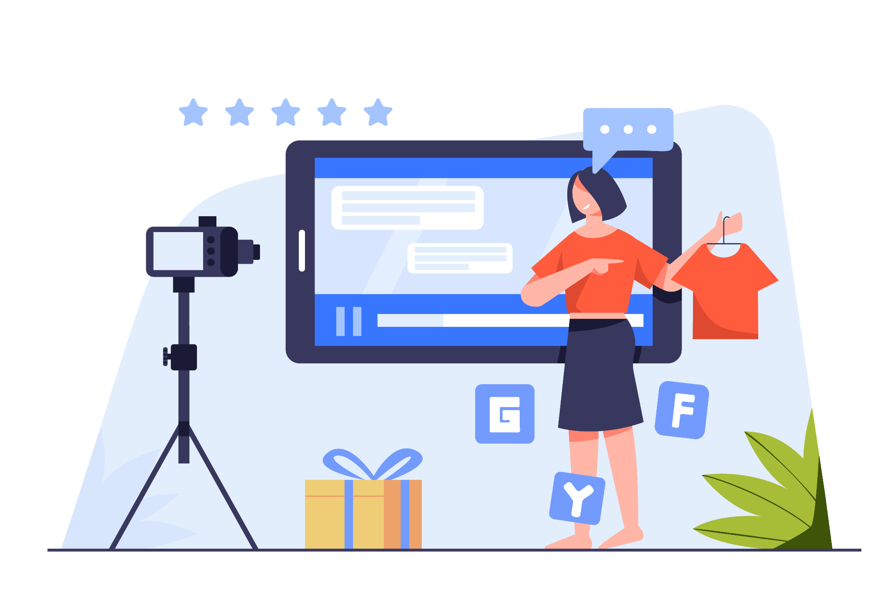
Website background design has a similar function to that of breathing. Even though they are inherent in our lives, we rarely consider them until there is something wrong with them. And just like every breath you take, the background color for website is essential to your website’s success and continued existence; they improve the functionality of every other component of your site. So, what is the best background color for website? Before we go further, let’s know what website background is.
What is Website Background?
The website background covers the screen with pictures, colors, or designs. It’s frequently a visitor’s initial impression of your website, brand, and business, so get it right. The right background tells your brand narrative, while the wrong one distorts it. Your website backdrop is like an interview or date attire. Fun and approachable or elegant and exclusive?
This basic web design element is more complicated than you realize. A good-looking website backdrop isn’t enough. Just like a first date or job interview, you should share your narrative, make sure the location is accessible, and make sure the other person is enjoying themselves. The website background should be readable and provide a pleasant User Experience (UX).
Ideas on How to Make a Website Background
Here are 8 tips on how to make a website background:
1. Make use of a well-thought-out color scheme in the user interface
Background colors for website design significantly impact how easily visitors can read your content. Color is a powerful tool used in web design to attract users, evoke specific feelings, spark curiosity, motivate action, and ultimately increase sales and customer satisfaction.
2. Make a readable website background
Besides being aesthetically pleasing, the ideal website background picture should help your content stand out. Having a gorgeous image as the background of a website is useless if the content is unreadable. You may use picture editing tools or CSS to change things like contrast and opacity or even apply layer masks if you’ve discovered the perfect image, but your text isn’t legible over the content. Alternatively, you might try adjusting the font and size to better suit the text.
3. Try using one-color backgrounds
It doesn’t seem like the correct photos for your website, huh? Use a single, consistent color as your website’s backdrop. As long as the contrast is adequate, this is a fantastic technique to guarantee the readability of your website.
Make sure the shade fits in with your company’s identity, market, and desired the first impression. For instance, fitness-oriented firms might benefit from the energizing impact of red and pink. At the same time, the relaxing effect of green and blue makes them the most popular website colors overall.
4. Don’t use photographs that are too crowded
This is crucial when you want to superimpose text on top of a picture. An eye-catching image is important, but it shouldn’t detract from the story or message you’re sharing on your website. Landscapes, for instance, may be quite effective as website background photos since they are both aesthetically pleasing and free of distractions.
5. Create a fad
A background image that is part of a trend may give your website a modern look and feel. Incorporate some of the current trends in web design into your work, such as geometric forms, immersive 3D features, glowing, luminous color schemes, dark mode, or the Pantone color of the year. If you choose a fashionable backdrop instead of a more classic one, you may need to change it sooner rather than later.
6. Do some animation
Having an animated backdrop on your website background is a great approach to make it more interesting and engaging for your visitors. Make sure the animation isn’t too flashy; you don’t want it to compete with the design’s focal point, the picture, or the text. When creating an animated piece, capturing the lively spirit of the medium is important, but a restrained color palette may help achieve that.
7. Use a gradation
Yes, the 90s are coming back, and the trend now dominating the design industry is gradients. Gradients, often called color transitions, are smooth, progressive changes in hue. They add visual interest and may be used alone or with another image to make a website more striking.
8. Optimize for mobile use
It’s the year 2022 now. Truth be told, even if you’re creating your site from a desktop computer, most people are accessing the web from their mobile devices. To ensure your website is accessible on mobile devices, follow these guidelines.
- A responsive website is a must.
- Facilitate access to often sought-after details.
- Flash should not be used.
- Make sure you employ the viewport meta tag.
- Enable form auto-filling.
- To ensure a pleasurable mobile experience, button sizes should be made appropriately large.
- Make your fonts nice and big.
- Reduce the file size of your CSS and pictures.
When deciding on a background picture for a website, it’s important to pick one that will scale well. A really broad photograph, for instance, might not fit on a mobile phone.
How to Find the Background Image For a Website
A beautiful website background image may transform an average website into a work of art. Always keep your site’s users in mind while making design decisions, and ensure that any text shown on your website can be easily seen against the background picture you chose.
To maintain a cutting-edge aesthetic, it’s a good idea to use gradients, geometric shapes, and solid backgrounds. If you truly want to stand out, try your hand at animation, and always use a backdrop that adapts beautifully for smaller displays.
The essential thing to remember is that there are no hard and fast rules when it comes to design. The most innovative ideas are frequently the ones that break the rules. The success of your product depends on how its users receive it. Take these suggestions as a jumping-off point, but ultimately follow your creative instincts.
Instead of creating website background by yourself, you can use our collections from UICreative to make your life easier! All the objects are editable, so they can be edited based on your needs.
Also Read : 10 Best Premium Caligraphy Font
Also Read : 10+ Signature Fonts for Logo and Branding
Also Read : How to Choose The Right Admin Dashboard
Also Read : Boutique Flyer Design Ideas to Grab Consumer
Also Read : 8 Ideas to Create Website Background Design
Also Read : 10 Best Handwritten Font for Design Graphic
Also Read : Tips on Choosing Best Website Template
Also Read : 7 Steps on How to Design Web Banner
Also Read : Tips on How To Create Packaging Design
Also Read : 7 Things To Consider Making Pricing Template
Also Read : 10 Tips to Improve Instagram Feed Template
Also Read : Ultimate Guide: How to Create Flyer Design



